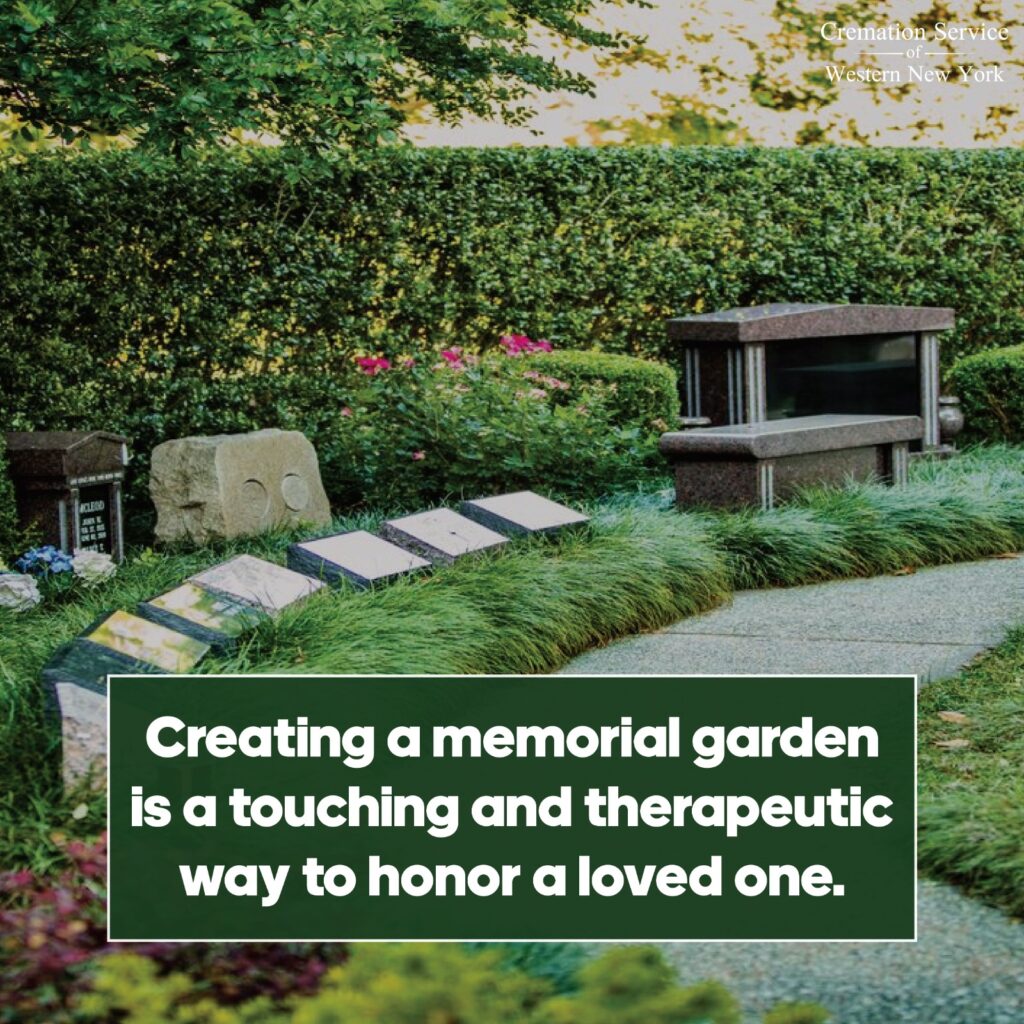Introduction
Creating a memorial garden is a heartfelt way to honor a loved one’s memory. This serene outdoor space offers a place for reflection, remembrance, and healing. Whether in a private backyard or a public setting, a memorial garden combines natural beauty with personal symbolism to keep memories alive.
In this guide, we’ll explore practical steps to create a memorial garden, covering design ideas, plant selections, and maintenance tips. You’ll learn how to craft a meaningful tribute that fits your needs and respects the person you want to remember.
Why Create a Memorial Garden?
Memorial gardens provide a living tribute that grows and changes over time. They offer:
- A peaceful retreat for family and friends to grieve and reflect.
- A personal connection to nature that symbolizes life, growth, and continuity.
- An opportunity for creativity in expressing memories through plants, art, and design.
Research shows that interacting with nature supports emotional well-being and aids in the grieving process, making memorial gardens a therapeutic choice.
Planning Your Memorial Garden
Choosing the Location
Select a quiet, accessible spot that feels meaningful. Consider:
- Sunlight exposure (most memorial plants need at least 4-6 hours of sun)
- Soil quality and drainage
- Privacy and visibility for visitors
Defining the Purpose and Style
Decide the garden’s focus:
- A contemplative space with benches and pathways
- A vibrant floral display representing the person’s favorite colors or flowers
- A functional space, such as a small herb or butterfly garden
Budget and Size
Plan according to your budget and available space. Memorial gardens can range from a small planter box to a multi-section landscape.
Selecting Plants and Features
Symbolic Plants
Choose plants with symbolic meanings or personal significance. Popular options include:
- Roses: love and remembrance
- Lavender: calmness and peace
- Forget-me-nots: lasting memory
- Oak trees: strength and endurance
Incorporating Personal Elements
Add personalized touches such as:
- Memorial plaques or stones with engravings
- Favorite colors or flowers of the loved one
- Wind chimes, sculptures, or bird feeders
Sustainable Choices
Opt for native plants to reduce maintenance and support local wildlife. Drought-resistant species can also be a practical choice in dry climates.
Building and Maintaining the Garden
Installation Tips
- Prepare the soil by removing weeds and adding compost.
- Lay out plants based on height and bloom time for visual balance.
- Install seating areas or pathways using natural materials like stone or wood.
Ongoing Care
- Water plants regularly, especially in the first year.
- Prune and deadhead flowers to encourage growth.
- Keep the area clean and inviting for visitors.
Real-World Examples and Expert Insights
Landscape designer Sarah Thompson notes, “A memorial garden should reflect the personality and passions of the person it honors. Thoughtful plant choices and meaningful features create a space that feels alive and comforting.”
Case studies reveal that families who create memorial gardens report improved emotional healing and stronger family bonds.
Conclusion
Creating a memorial garden is a powerful way to celebrate life and preserve memories. With thoughtful planning, symbolic plants, and personal touches, you can design a space that offers comfort and connection. Whether large or small, your memorial garden will grow into a meaningful tribute that supports healing and remembrance for years to come. Take the first step today to honor your loved one with a lasting, living memorial.
